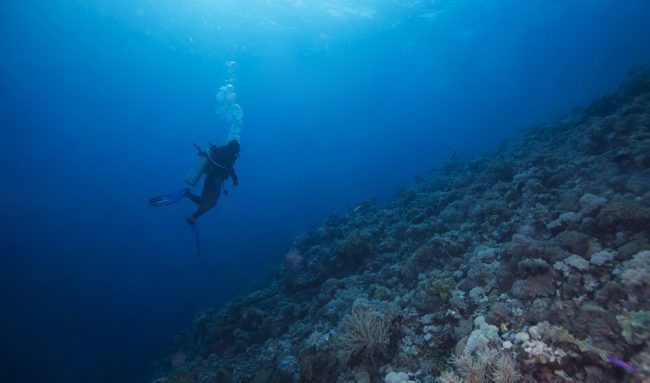
Almost all oceanic life depends on dissolved oxygen. It’s what marine life process to breathe. And, thanks to climate change, more and more of our oceans are losing their oxygen and becoming ecological dead zones.
A study issued by the National Center for Atmospheric Research has run a computer model to see just how bad the problem is, and it’s even worse than scientists thought. The basic mechanism is simple: The ocean gets dissolved oxygen by absorbing it from the surface, and phytoplankton create it as part of photosynthesis. The problem is physics: As we all know, heat rises and cold air sinks. So the warmer the oceans are, the less oxygenated water sinks to the ocean floor, creating a long, slow process of asphyxiation.
What the model shows is that this is not only already happening, but that by 2030, it will be widespread in the tropical areas of the Atlantic and the Pacific. That would potentially mean millions of species either forced to migrate to different waters or, simply, dying. And that would have a far larger impact on the human race than you might at first think; after all, if there’s no oxygen in the water, there’s no seafood for us to eat.
That might be more dangerous than it sounds. Fishing and aquaculture is an enormous food source for some of the least stable parts of the world. Food insecurity is a major contributor to the eruption of war and the appearance of extremist regimes. A quick die-off of seafood species would mean we either need to provide food aid to these countries, or watch as they burn. And if that weren’t enough, our oceanic food supply is already at severe risk due to coral reef bleaching.
It’s not clear what solutions might be available, but it’s clear that this both an environmental issue and potentially a massive geopolitical security risk. What action this study might motivate, though, remains to be seen.






